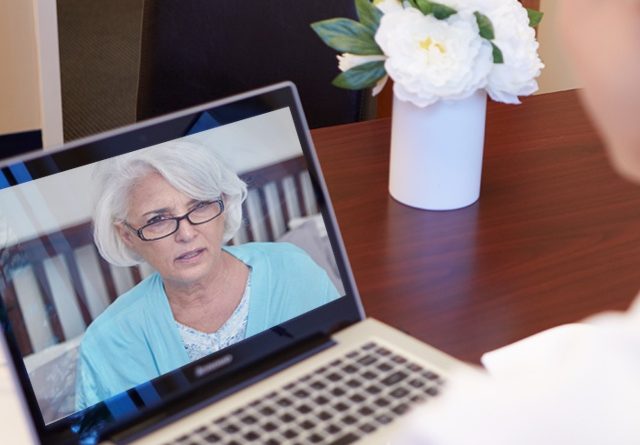Reducing Hospital Readmissions with Telemedicine
For good reason, everyone dreads the experience of a hospital readmission for the same problem shortly after being discharged. Here, healthcare professionals, hospital administrators, insurance agents, and patients are all on the same page. So, any strategy that both reduces readmissions while improving patient health outcomes is something that all of these groups should investigate. Telehealth is one area which can lower the number of unplanned readmissions. Hospitals that do not work toward this goal will only end up hurting their patients and their bottom line.
As might be expected, people with more severe conditions upon initial admission or a mental health disorder have a higher than average likelihood of an unplanned readmission within 30 days. What may not be expected is that the highest rates of readmission are among Medicare and Medicaid recipients. Those who qualify for these programs tend to be older and poorer than the average American, both of which have high positive correlations with poor health. The single biggest factor in reducing those readmissions according to an extensive Harvard Business Review study was effective communication between healthcare professionals and their patients. Both senior citizens and the poor often feel ignored, so someone really listening to them for a change is bound to have an effect.
But, to have its greatest potential effect, communication must continue after discharge. This is where telehealth comes in. Among senior citizens, more and more are comfortable with daily use of the internet and related technologies. Those who qualify for Medicaid and similar programs also often have access to Lifeline, meaning they have smart devices that can be used for their telehealth connection. Combined with expansion of the Smart City model, this means almost all urban Americans, and 77% generally, have some measure of access to the possibilities of telehealth communication with their healthcare providers.
The benefits of follow-up care are unambiguously positive, and this requires effective communication. Just talking to patients instructs, assists, and enables the necessary self-care that is so critical in the post-discharge phase and can reduce unplanned readmissions in the first 30 days by as much as 82%. This is no trifling figure, especially when the current rate of Medicare and Medicaid patient readmission is about 1-in-5, costing $26 billion annually. Telehealth extends that beyond the last minutes of a hospital stay out into the real world and assists the patient by making recovery part of their everyday lives.
The point, of course, is that communication between healthcare professionals and their patients is a necessity. Telehealth normalizes this process and makes it a welcome engagement rather than something to be avoided and keeps people out of the hospital as they are on the road to recovery.
Avizia was acquired by Amwell in July of 2018. Information on this page refers to activities that occurred prior to the acquisition and are presented for historical context. Together we provide a comprehensive acute care offering—a full end-to-end telemedicine solution for health systems and their providers.


